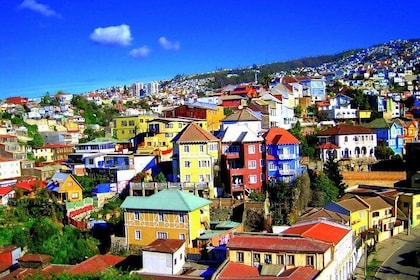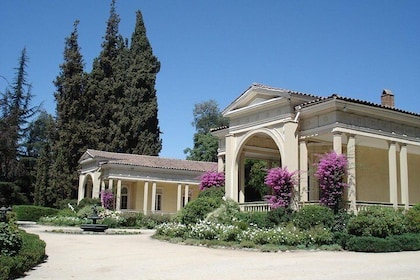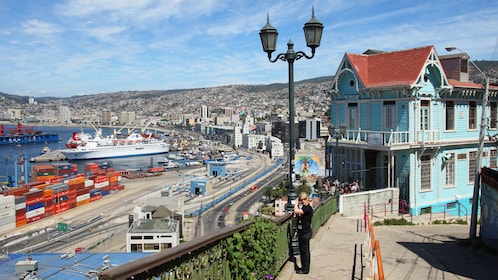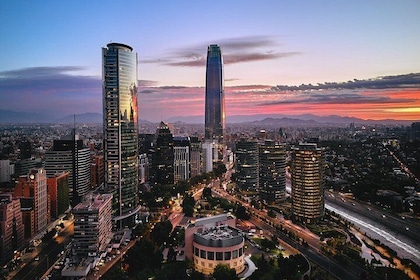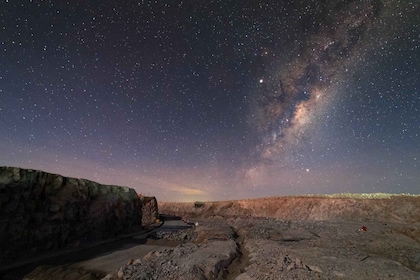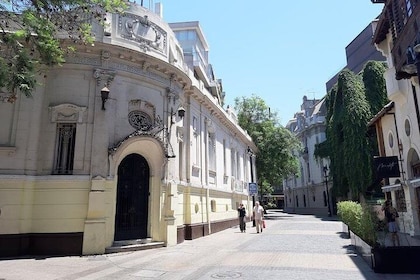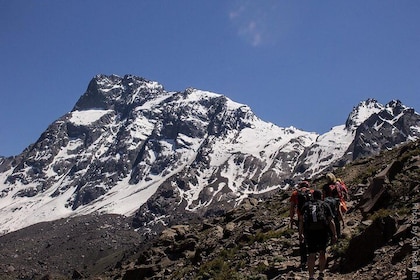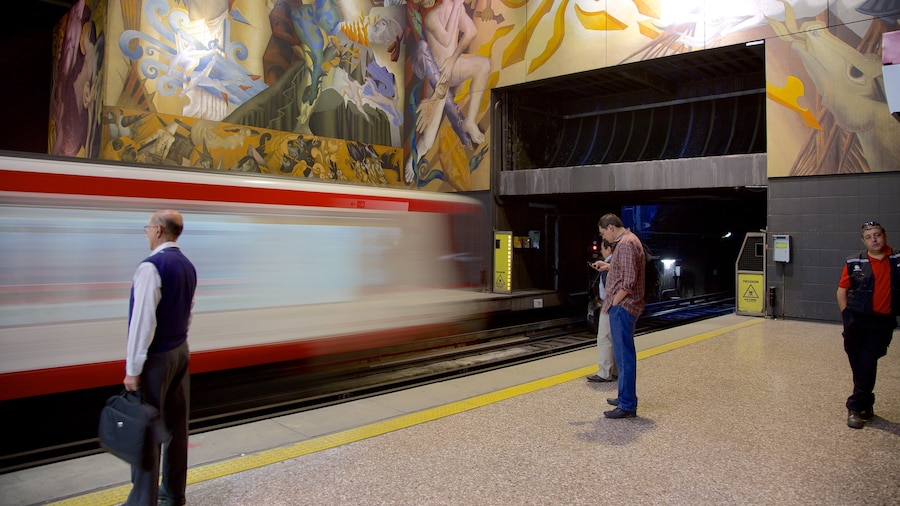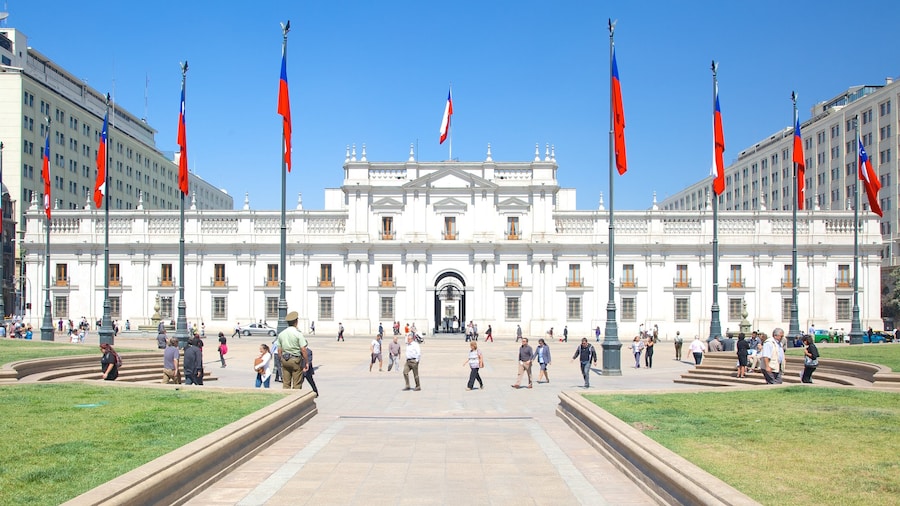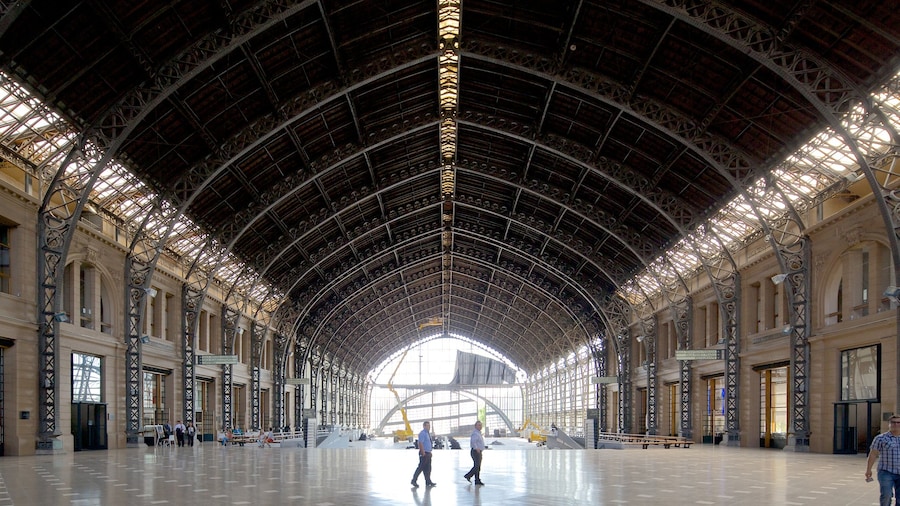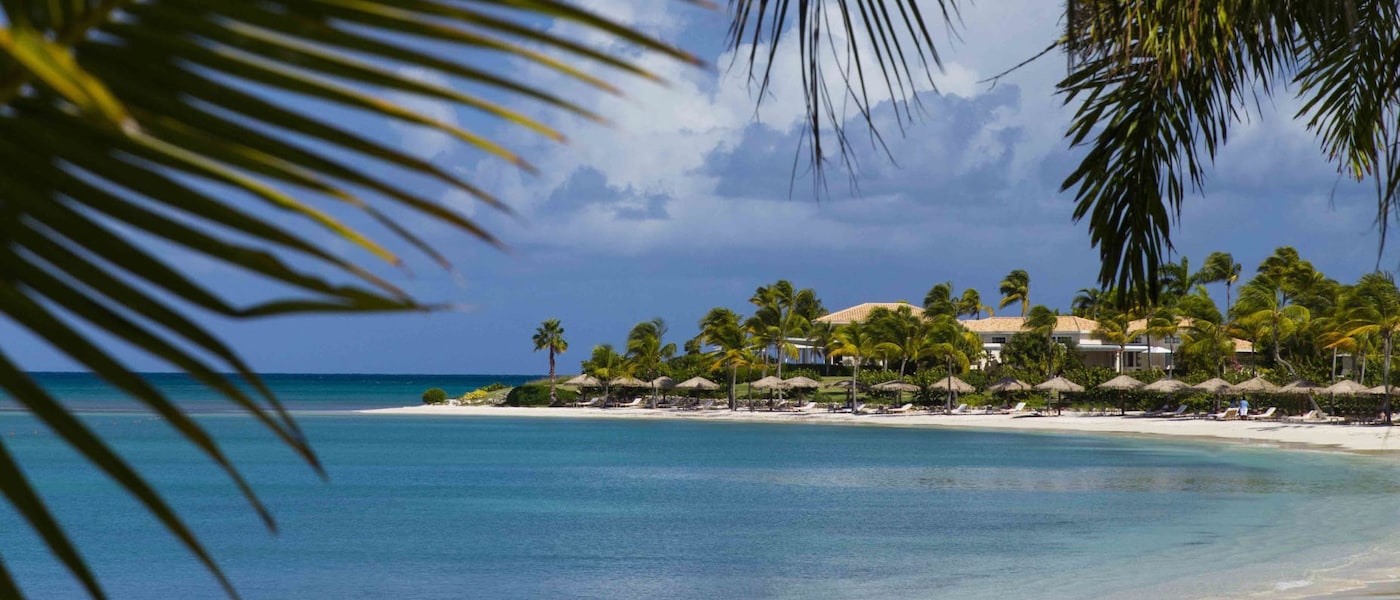A visit to the Museum of Memory and Human Rights (Museo de la Memoria y los Derechos Humanos) provides a glimpse into life during Chile’s dictatorship years. It’s a must for anyone with an interest in recent Chilean history. Find interactive exhibits that retell the events of the 1973 coup d’état and the human rights violations that took place between then and 1990.
Spread over three floors are displays of legal documents, newspaper cuttings, photographs, letters, short movies, radio broadcasts and audiovisual displays. Each exhibit reflects an era when the military controlled, tortured and killed Chile’s citizens. Look for the artwork La Geometría de la Conciencia (Geometry of the Conscience) by Alfredo Jaar. See the silhouettes of 500 heads illuminating a wall. The heads represent those Chileans who disappeared between 1973 and 1990.
Watch newsreels of the Pinochet-led military attack on the Palacio de la Moneda. Listen to the final speech of President Salvador Allende, Chile’s president prior to the military years. A map details the locations of various concentration camps. View TV commercials that called for an end to the dictatorship and its atrocities.
Ask at the reception about temporary exhibitions. Political art exhibits promote a connection between worldwide ethics and local events.
Find the museum on the east edge of Parque Quinta Normal in central Santiago. Come by bus or metro or pay to park. Quinta Normal is the closest metro stop. Combine your visit with a trip to the nearby National Museum of Natural History (Museo Nacional de Historia Natural). The museum displays ancient fossils and artifacts from various South American civilizations.
The Museum of Memory and Human Rights is open from Tuesday to Sunday, except on some public holidays. Admission is free. Audio guides in English, French and Spanish are available for a small fee. Free guided tours are available by advance booking. Find full details on the official website.






